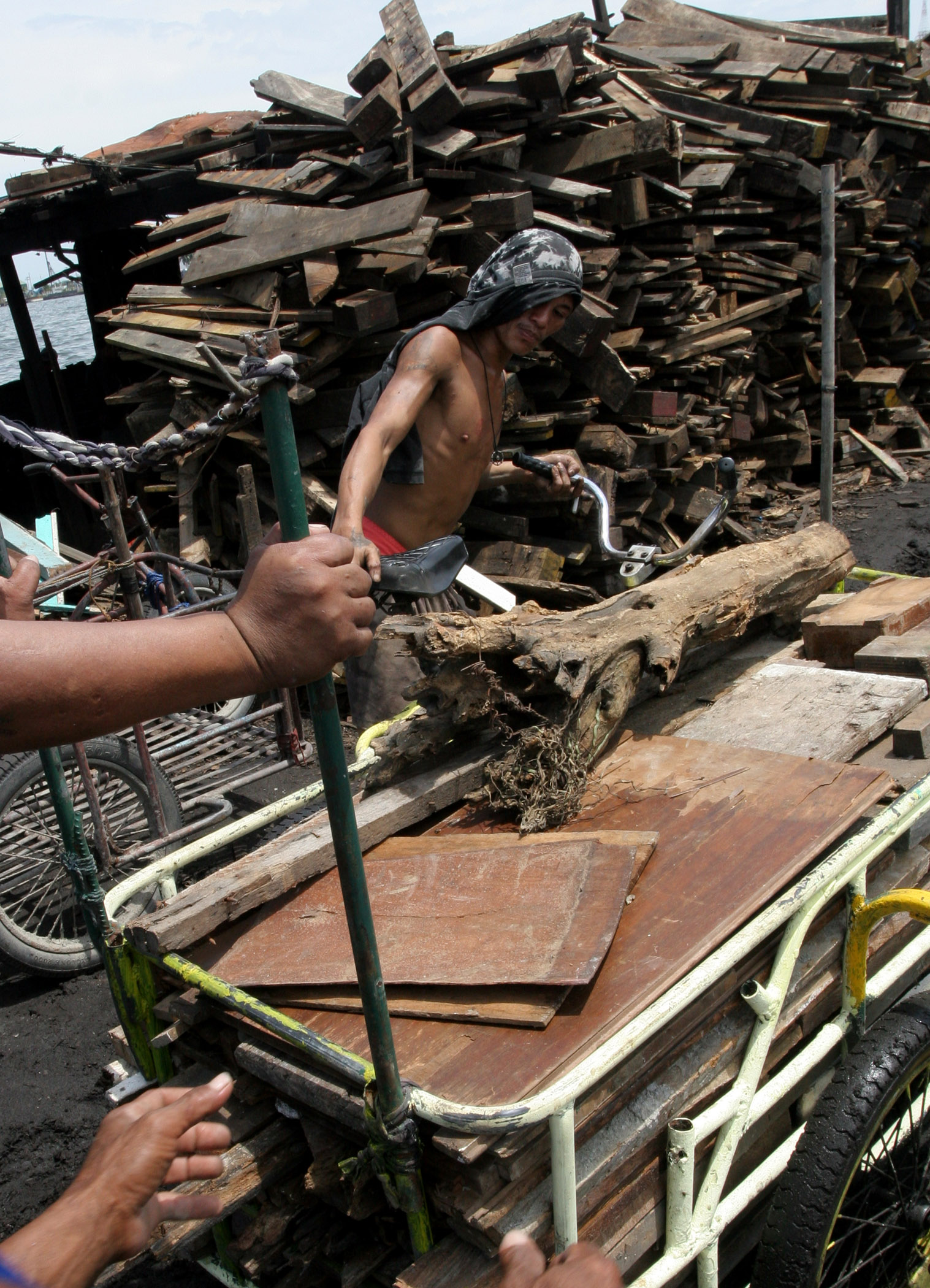Officials say the government has been working diligently to relocate thousands of families before this year's typhoon season but raising awareness about disaster prevention and appropriating sufficient funds to head off potential problems remain major challenges.
According to the government's Strategic National Action Plan, prepared with UN experts and released this month, the "commitment of a budget to DRR [disaster risk reduction] is not yet a practice" in this archipelago of more than 7,100 islands that is hit by an average 20 typhoons annually.
"Threats remain if the level of awareness about dealing with hazards is low and when little focus on risks is considered whenever one [has to] a make a decision," the document, which spells out areas of vulnerability to strengthen institutional responses to disasters within the next 10 years, states.
"In the worst case, this behaviour may manifest a culture of disasters rather than a culture of prevention," the study said, as it called on the government to step up funding for DRR. “The message is that risk awareness must penetrate all levels of government, and in households, firms and offices.”
It noted, however, that the current level of expenditure by government for disaster response was “nearly equal to the damage losses incurred during last year” at 0.31 percent of gross domestic product.
Poverty and vulnerability
Ida Mae Fernandez, regional programme officer of the International Organization for Migration (IOM), which helped to relocate those affected by typhoons last year, said all too often vulnerabilities arose because of poverty.
|
“From IOM’s interventions for and interactions with the affected communities post-Ketsana, what is more stark is the current lack of options of dry places to live in,” Fernandez told IRIN.
“A number of families have been offered relocation alternatives; still a significant number have nowhere to go, as of yet.”
Tropical storm Ketsana dumped record rains when it struck in late September, covering 80 percent of Manila. A week later Typhoon Parma battered the northern part of Luzon island, triggering landslides and damaging agricultural land. A third typhoon, Mirinae, came in October.
The government said more than 10 million people were affected.
While many have returned to rebuild their homes, about 25,000 remain displaced and would likely be staying in shelters until the next typhoon season arrives towards the end of May or early June.
Ricardo Saludo, head of the Philippine reconstruction commission created after the disaster, said those living in slums along riverbanks and waterways in Manila and surrounding areas were still vulnerable.
As of March, he said more than 8,700 families or about 61,000 people had been relocated at a cost of more than US$22 million.
All in all, he said the reconstruction programme for the housing sector alone involved the relocation of an estimated 125,265 families, with a bill projected at $650 million in the next two years.
“The scale of the housing reconstruction programme and the concern for viability and sustainability of resettlement areas require inputs from various sectors,” Saludo told IRIN.
“The reconstruction and rehabilitation is focused on building back better structures, with disaster risk reduction incorporated in the design and construction of facilities,” he said.
Local government units have also been told to enhance planning programmes, and ensure that henceforth they “should take into consideration the vulnerabilities of the communities to disasters”.
This means locating houses away from waterways and finding the funds to relocate existing slums.
jg/ds/mw
This article was produced by IRIN News while it was part of the United Nations Office for the Coordination of Humanitarian Affairs. Please send queries on copyright or liability to the UN. For more information: https://shop.un.org/rights-permissions

